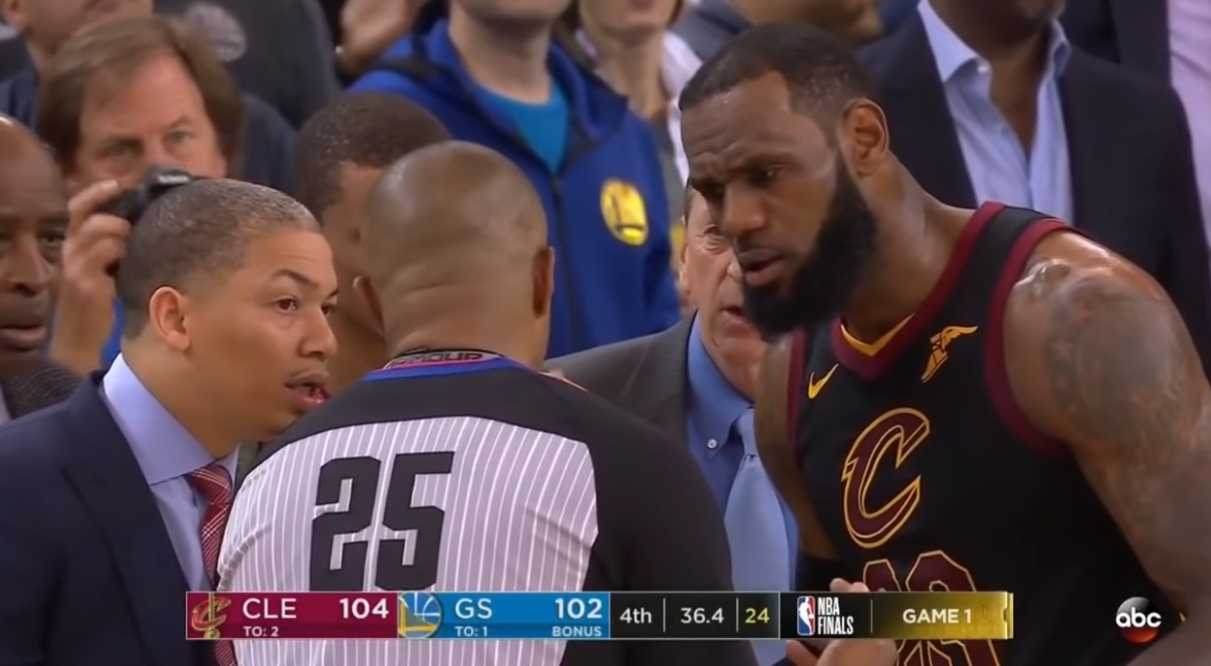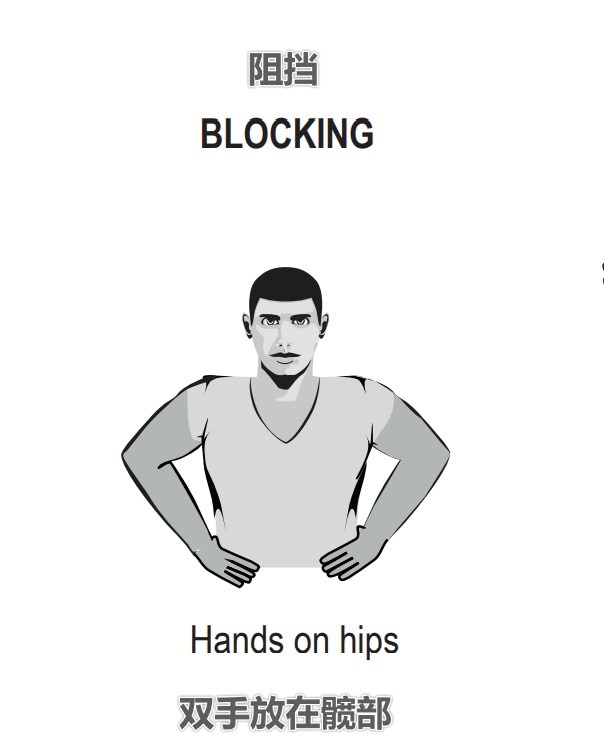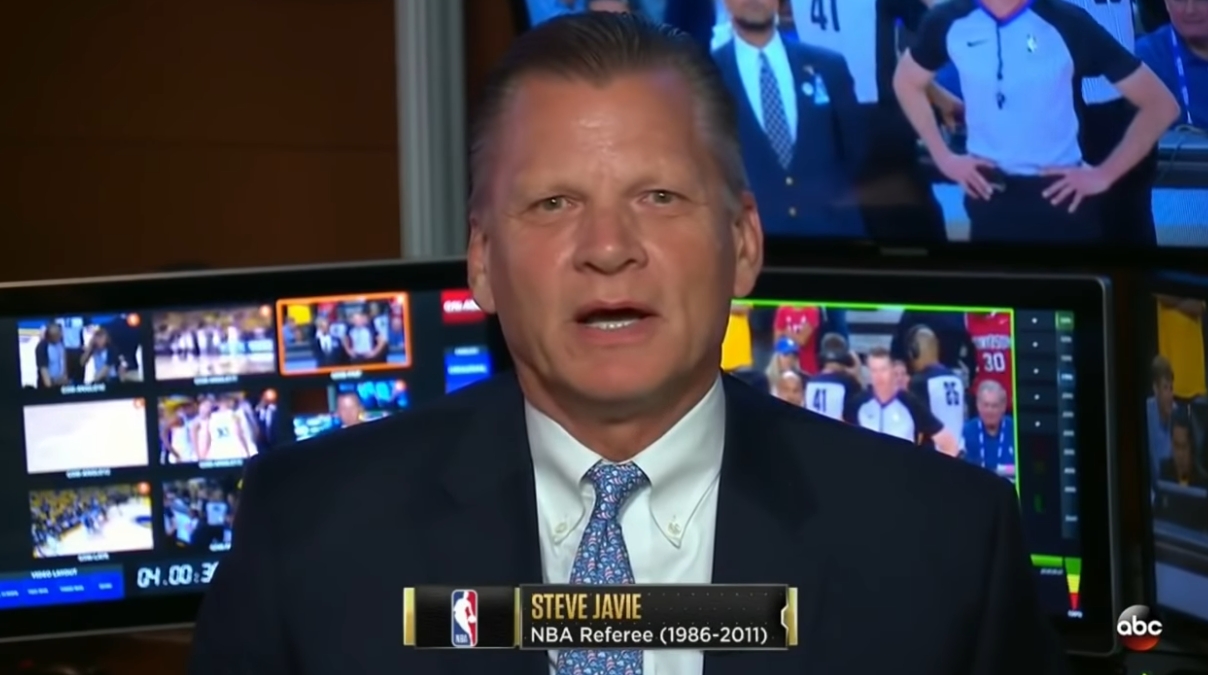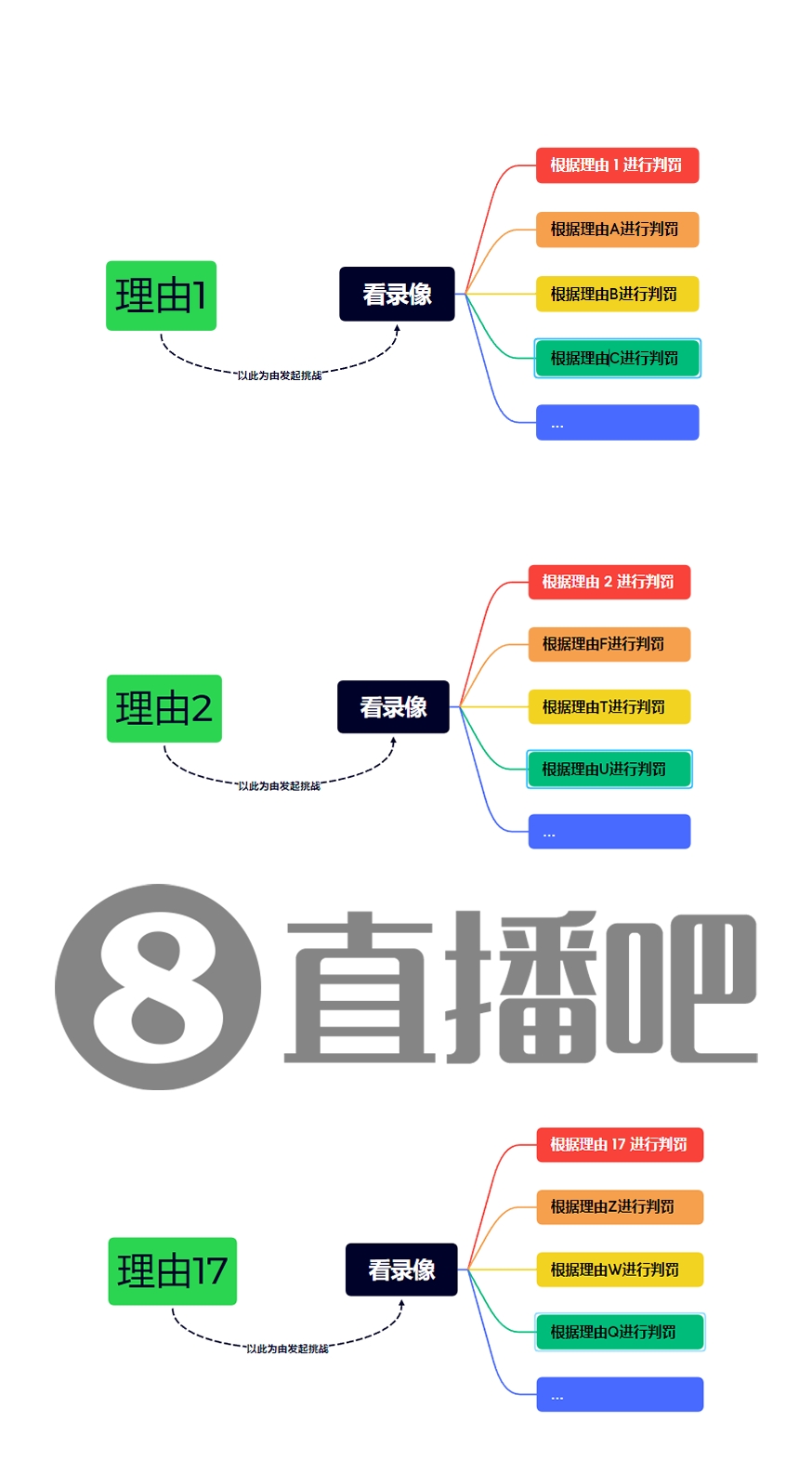Pay attention to cousin above, and become more knowledgeable every day!

Video playback was the technology that NBA introduced into the league in 2002. Its appearance brought more fair penalties to the game, but it also brings a lot of controversy to the audience in some specific occasions.
Because there are a lot of original contents of this part of the rules, today, cousin took a key revision of G1 in the 2018 finals as a case to take you to learn about the rules and principles of video playback.
——
First of all, let’s review the background story and remember this ball so that we can understand the rules below:
At the last 36 seconds of the regular time, Durant broke the ball and knocked down James. The referee Ken Mauer fined Durant for attacking the foul at the first time, but the far-end referee Brotherton’s opinion was James blocking foul, the two judges disagreed, so they had a discussion;

Upper right corner: Ken Maur hesitated and blew the offensive foul

Upper right corner: Brotherton wants to play defensive foul, but the penalty action is not finished.
We have introduced Brotherton before, which is a blocking blow penalty gesture:

After the discussion, the judges demanded to watch the video on the grounds of “not sure whether James is standing outside the circle;
After watching the video, the judges changed the judgment of James’s defensive foul on the grounds that “James did not stop the defensive position in advance. Durant then equalized the score with two penalties.
——
As usual, let’s look at the rule manual:
(Bar friends who are too lazy to read only read the 12th Bold content)
NBA RULE NO. 13-INSTANT REPLAY Section I-Instant Replay Review Triggers describes a total of 17 situations that trigger video playback, as follows (the first 15 items are initiated by the referee, the playback center is responsible for the last two items):
1. There are goals when any game time is displayed as 0:00
2. There is a foul when any competition time is displayed as 0:00
3. The referee is not sure whether the foul on the court should be blown malicious foul.
4. Conflict on the field
5. When any time is finished, there are some situations on the court; Or the referee thinks that the game time has been finished when this happens; Or the referee thinks that there is a problem with the game table.
6. The referee is not sure whether the goal is 2 points or 3 points; The referee is not sure whether the foul is 2 points foul or 3 points foul
7. After the ball is out of bounds, the referee is not sure who to give the ball to (but this rule has been changed last season. Now after the ball is out of bounds, the video playback can only be initiated by the coach Challenge)
8. The referee cannot determine whether a foul will appear before the time is over; The referee cannot determine whether a goal will be shot before the time is over.
9. The referee cannot determine whether a foul should blow the attack clear path foul
10. The referee cannot determine who will execute the penalty after the foul.
11. In the last 2 minutes of any section, the referee cannot determine whether the ball has touched rim (to determine whether to adjust the attack time and match time)
12. In the last 2 minutes of any section, the referee determines that there are offensive fouls or defensive fouls, but cannot determine whether the defender is standing in area fair charge.
13. In the last 2 minutes of any section, the referee confirmed that there was an interference ball, but could not determine whether it was an attack interference ball or a defense interference ball.
14. The referee cannot determine whether the foul without a ball is before the attacking player’s goal; The referee cannot determine whether the defensive foul is before the attacking player’s serve; The referee cannot determine whether the goal is, whether the foul appeared on the court is a foul on both sides or an offensive foul
15. The referee cannot determine whether the number of people on a team is correct when the game starts.
16. In the first 46 minutes of the regular time of the match and the first 3 minutes of any overtime match, the playback center cannot determine whether the goal is 2 or 3 points; In the first 46 minutes of the regular time of the match and the first 3 minutes of any overtime match, the playback center cannot determine whether it is a 2-point foul or a 3-point foul.
17. In the first 46 minutes of the regular time of the match and the first 3 minutes of any overtime match, the playback center cannot determine whether the goal timed out.
—–
When video playback occurs in the game, each of the above reasons for “initiating video playback” has its corresponding “range of ability to look back”.
Because this part is too large, cousin still uses cases to explain:
In the game, the judges asked for a video review on the grounds that they were not sure whether James was standing in the fair charge District (that is, Article 12 above), and after initiating a video review on this grounds, the content that the referee can see is as follows (RULE NO. 13-INSTANT REPLAY Section II-Reviewable Matters terms I):
I 1. Is the defender standing in area fair charge?
I 2. Does the defender have a legal defensive position? (This is also the basis for the final judgment of the referee)
I 3. Is there any violation or unnecessary physical contact?
——
Let’s go back to the story. The referee at that time launched the video playback with Article 12 of Section I-Instant Replay Review Triggers, in the end, the Section II-Reviewable Matters I 2 clause corresponding to this clause was revised to Judge James’s defensive foul.
Cousin is not a referee. It cannot be said whether the ball is right or not, but cousin can say that from the perspective of rules, the referee’s revision operation is in line with the regulations.

Jia Wei also mentioned in the live broadcast of the game that year: “After they started to look back, in addition to whether James stood in the circle, they could also see whether James had a legal defensive position.”
However, unfortunately, due to the lack of language, there are not many people in the domestic fan circle who know this explanation.
——
Finally, summarize what this article wants to express:
In NBA rules, there are 17 situations in which video playback can be initiated;
After the video is turned on, according to the reason for initiating video playback, there are corresponding matters that can be watched separately, and the referee can revise according to these matters.
——
Specific to the original text of the rules, it is: the reason for initiating video playback 1 corresponds to the viewable matter a(a contains multiple specific matters, and the referee can revise according to these matters…), The reason for initiating video playback 2 corresponds to the viewable matter B (B also contains multiple specific matters, and the referee can revise the judgment according to these matters, the same below…), The reason for initiating video playback 3 corresponds to the viewable matter c…… The reason for initiating video playback 12 corresponds to viewable matter I, and so on.
Because the internal capacity of the original text is too large, we estimate that we can finish it only after three days and three nights, so cousin made a simplified thinking map to explain the principle of this rule:

If you are interested in learning about the specific content, you can refer to the original NBA rules manual.
——
OK, the above is the detailed explanation of NBA rules in this issue. We will see you next time!
Details of basketball rules